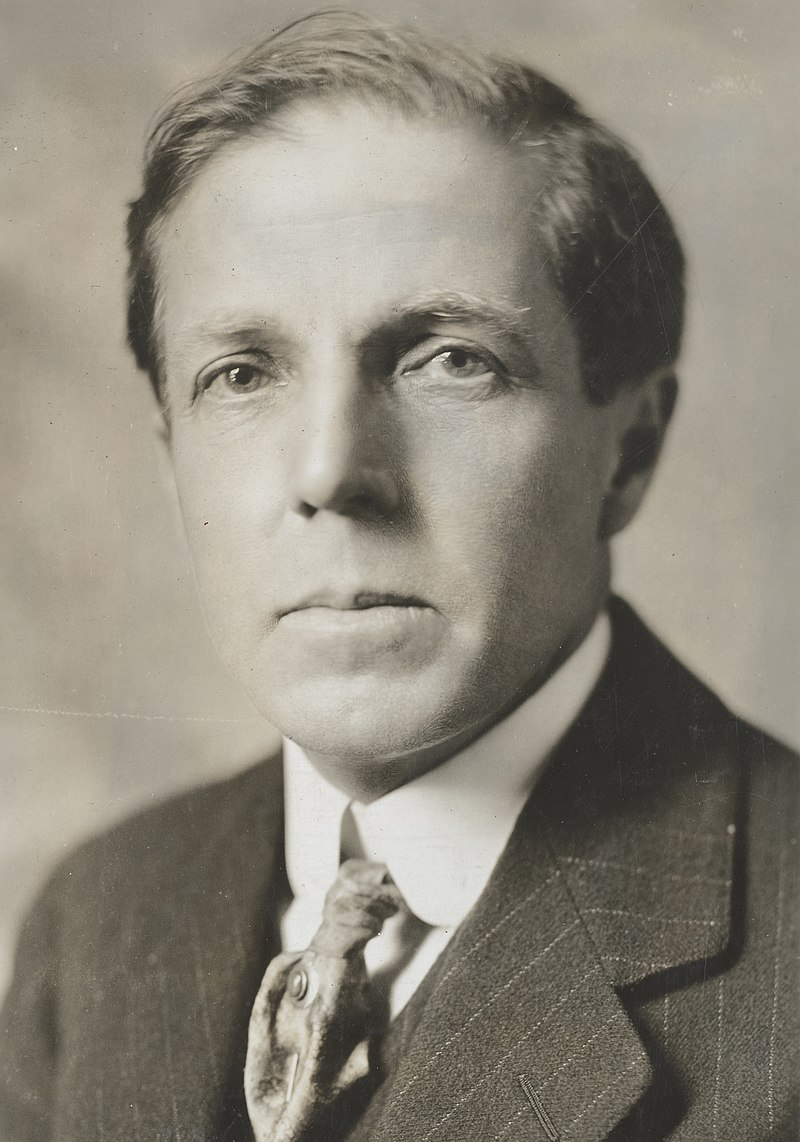CBP and p300 are critical for normal embryonic development
Mouse models CBP and p300 are critical for normal embryonic development, as mice completely lacking either CBP or p300 protein, die at an early embryonic stage. In addition, mice which lack one functional copy (allele) of both the CBP and p300 genes
p300-CBP coactivator family – clinical significance
Mutations in CBP, and to a lesser extent p300, are the cause of Rubinstein-Taybi Syndrome, which is characterized by severe mental retardation. These mutations result in the loss of one copy of the gene in each cell, which reduces the amount of
An example of a process involving p300 and CBP is G protein signaling
Function in G protein signaling Some G proteins stimulate adenylate cyclase that results in elevation of cAMP. cAMP stimulates PKA, which consists of four subunits, two regulatory and two catalytic. Binding of cAMP to the regulatory subunits causes release of the catalytic subunits. These subunits
p300 and CBP are thought to increase gene expression in three ways
Regulation of gene expression p300 and CBP are thought to increase gene expression in three ways: by relaxing the chromatin structure at the gene promoter through their intrinsic histone acetyltransferase (HAT) activity. Jin Q, Yu LR, Wang L, Zhang Z, Kasper LH, Lee JE, Wang C, Brindle PK, Dent SY, Ge
p300-CBP coactivator family
The p300-CBP coactivator family in humans is composed of two closely related transcriptional co-activating proteins (or coactivators): p300 (also called EP300 or E1A binding protein p300) CBP (also known as CREB-binding protein or CREBBP) Both p300 and CBP interact with numerous transcription factors and act to increase the expression of their target genes. Kasper LH, Fukuyama T, Biesen
P300 interactions (list)
EP300 has been shown to interact with: BCL3, B-cell lymphoma 3-encoded protein is a protein that in humans is encoded by the BCL3 gene. Na SY, Choi JE, Kim HJ, Jhun BH, Lee YC, Lee JW (October 1999). "Bcl3, an IkappaB protein, stimulates activating protein-1 transactivation and cellular proliferation". J.
Histone acetyltransferase p300
Histone acetyltransferase p300 also known as p300 HAT or E1A-associated protein p300 (where E1A = adenovirus early region 1A) also known as EP300 or p300 is an enzyme that, in humans, is encoded by the EP300 gene. It functions as histone acetyltransferase that regulates transcription of genes via chromatin remodeling by allowing histone proteins to wrap DNA less tightly. This enzyme
Rubinstein-Taybi Syndrome (RTS) is a rare genetic disorder that is the result of genetic mutations in either CBP or p300
Rubinstein-Taybi Syndrome (RTS) Type 1, which is caused by CBP mutations, for which over 500 different variations have been documented, accounts for approximately 55% of all cases, whereas RTS Type 2, which is caused by any of the nearly 120 different
CBP has two critical mechanisms by which it is able to regulate gene expression: as an acetyltransferase, and as a protein scaffold
This gene is ubiquitously expressed and is involved in the transcriptional coactivation of many different transcription factors. CBP has two critical mechanisms by which it is able to regulate gene expression: as an acetyltransferase, and as a protein scaffold that helps recruit and
Proteins shown to interact specifically with CBP (list)
ActrNuclear receptor coactivator ACTR is a novel histone acetyltransferase and forms a multimeric activation complex with P/CAF and CBP/p300.Karamouzis MV, Konstantinopoulos PA, Papavassiliou AG (April 2007). "Roles of CREB-binding protein (CBP)/p300 in respiratory epithelium tumorigenesis". Cell Research. 17 (4): 324–332. doi:10.1038/cr.2007.10. PMID 17372613. S2CID 36084602.Dyson HJ, Wright PE (March 2016). "Role of
CBP has intrinsic acetyltransferase functions
Cyclic adenosine monophosphate Response Element Binding protein Binding Protein (CREB-binding protein), also known as CREBBP or CBP or KAT3A, is a coactivator encoded by the CREBBP gene in humans, located on chromosome 16p13.3. Chan HM, La Thangue NB (July 2001). "p300/CBP proteins: HATs for transcriptional bridges and scaffolds". Journal of Cell Science. 114 (Pt 13): 2363–2373. doi:10.1242/jcs.114.13.2363. PMID 11559745. Yao W, Wang T,
In mouse models of Alzheimer’s Disease, it has been shown that there is a decrease in neuronal histone acetylation, a critical function of CBP
Alzheimer's Disease (AD) is a progressive neurodegenerative disease whose pathology is diagnosed based on the presence of neuritic amyloid beta (Aβ) plaques and neurofibrillary tau (τ) tangles. Because the exact causes of the disease are not clearly understood, there are a
Diminished CBP activity and decreased neuronal histone acetylation is associated with Huntington’s Disease
Huntington's Disease (HD) is a fatal, progressing neurodegenerative disorder that is the result of a genetic mutation in the Huntingtin gene causing synthesis of a mutated huntingtin (Htt) protein. Symptoms most frequently associated with this disease are movement disorders, including impaired motor function,
CREB has been shown to have neuroprotective properties
Because of its association with CBP, understanding the role of CBP in neurological pathways and how aberrations influence disease is becoming of increasing interest. Numerous animal models have been designed in order to evaluate changes in motor, learning and memory
Ira Remsen (1846 – 1927) discovered artificial sweetener saccharin along with Constantin Fahlberg
Ira Remsen was an American chemist who discovered the artificial sweetener saccharin along with Constantin Fahlberg. He was the second president of Johns Hopkins University. Early life Ira Remsen was born in New York City on February 10, 1846. He is the son of James Vanderbelt Remsen (1818–1892) and Rosanna Secor
Vernon Kellogg (1867 – 1937) was an American entomologist (bug guy)
Vernon Lyman Kellogg was an American entomologist, evolutionary biologist, and science administrator. He established the Department of Zoology at Stanford University in 1894, and served as the first permanent secretary of the National Research Council in Washington, DC. "Vernon Lyman Kellogg". Phthiraptera Myspecies. Retrieved 2023-03-07. Early life and influences His father





